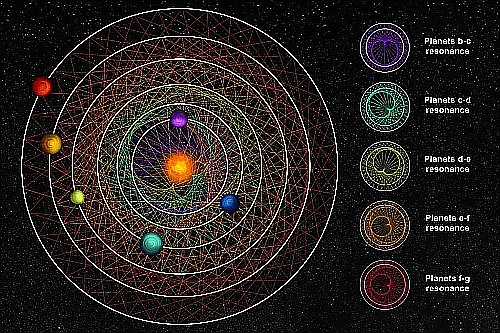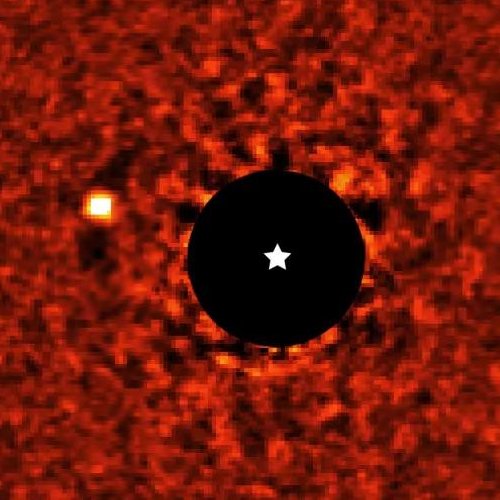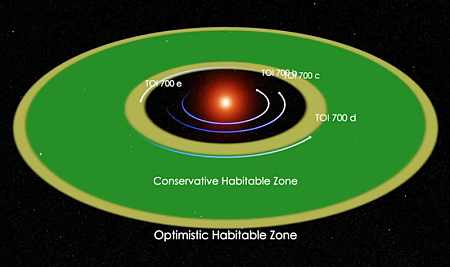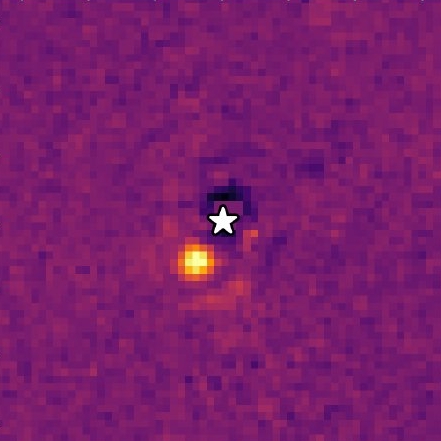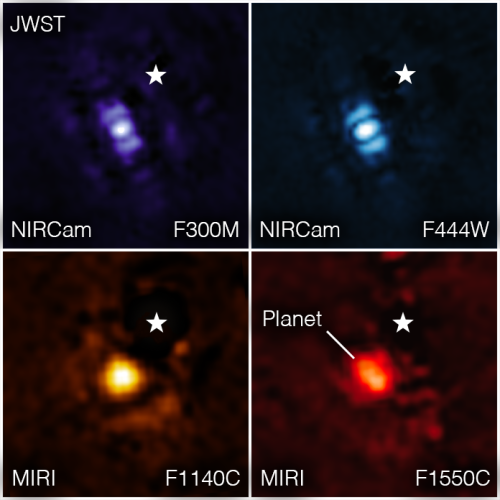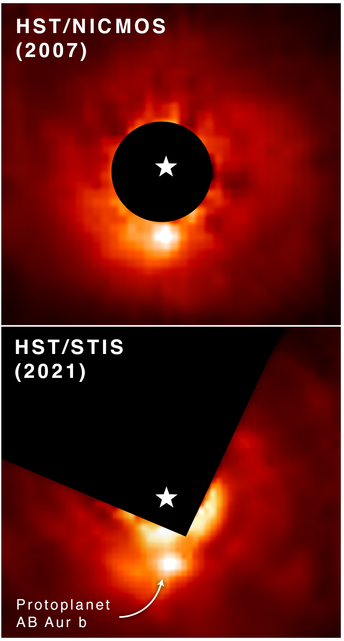Another exoplanet found in habitable zone
Astronomers using both space- and ground-based telescopes have confirmed the existence of another rocky exoplanet inside the habitable zone of its star.
The star is a red dwarf 137 light years away. The exoplanet, dubbed TOI-175 b, is estimated to be larger than Earth, with a diameter 1.5 times that of our home planet. It orbits its star every nineteen days. Even more intriguing, the data suggests this star has a second exoplanet even better positioned in the habitable zone that would be the smallest habitable-zone exoplanet so far found, about the size of Earth.
The second planet however is not yet confirmed.
This discovery is no longer very unique. In the past few years astronomers have discovered a plethora of Earth-sized exoplanets, many in the habitable zone.
Astronomers using both space- and ground-based telescopes have confirmed the existence of another rocky exoplanet inside the habitable zone of its star.
The star is a red dwarf 137 light years away. The exoplanet, dubbed TOI-175 b, is estimated to be larger than Earth, with a diameter 1.5 times that of our home planet. It orbits its star every nineteen days. Even more intriguing, the data suggests this star has a second exoplanet even better positioned in the habitable zone that would be the smallest habitable-zone exoplanet so far found, about the size of Earth.
The second planet however is not yet confirmed.
This discovery is no longer very unique. In the past few years astronomers have discovered a plethora of Earth-sized exoplanets, many in the habitable zone.

